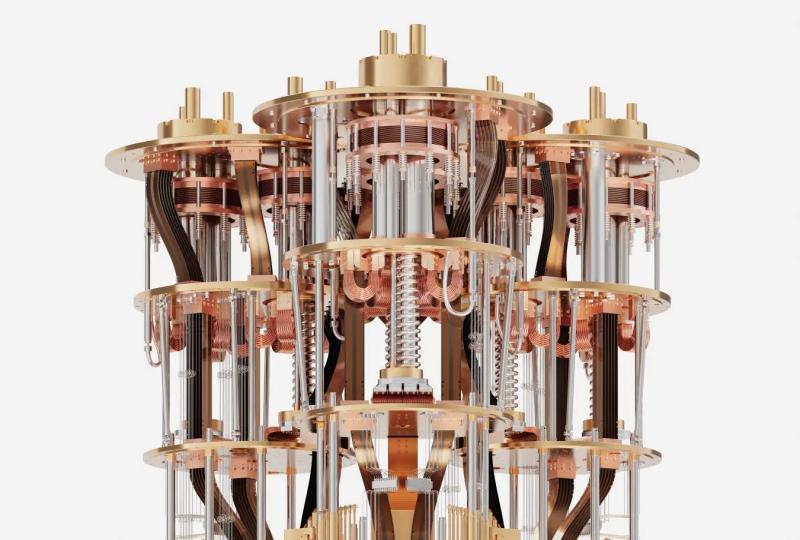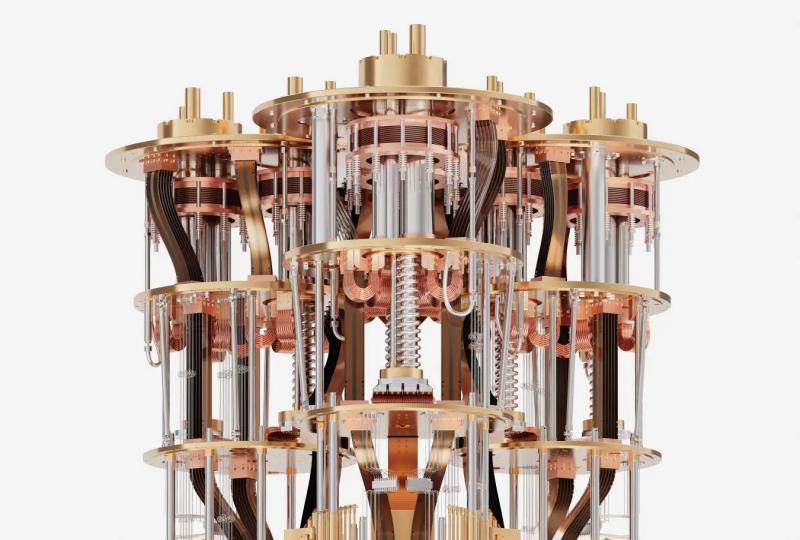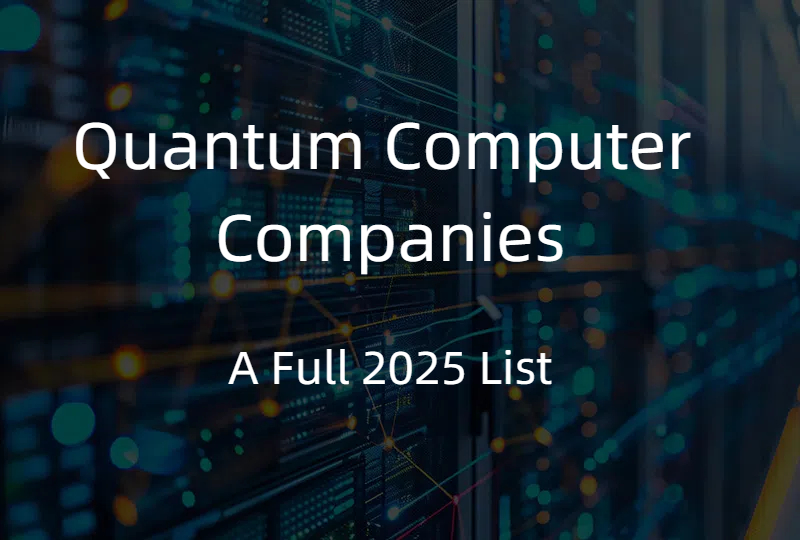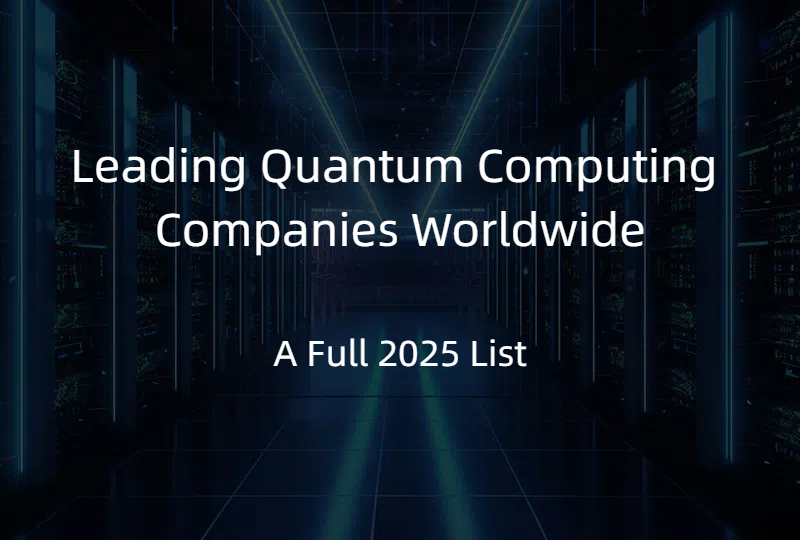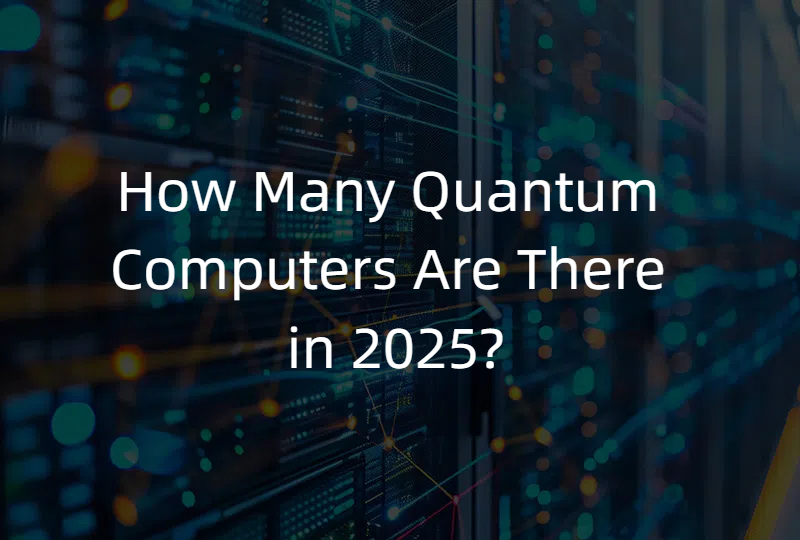Quantum Computing Computers: The Next Leap in Computing Architecture
2025.08.22 · Blog Quantum Computing Computers
Quantum computing computers represent a paradigm shift in information processing, promising to solve complex problems far beyond the reach of classical supercomputers. By harnessing the principles of quantum mechanics—most notably superposition and entanglement—quantum computers operate fundamentally differently from classical machines, unlocking new computational frontiers. This article explores the architecture, hardware, software, and applications of quantum computing computers, highlights current challenges, and surveys the evolving ecosystem shaping their future.
-
Introduction
Quantum computing computers are devices engineered to perform calculations based on quantum bits, or qubits, which leverage uniquely quantum phenomena to represent and manipulate information. Unlike classical bits restricted to binary 0 or 1, qubits can exist in superpositions, allowing quantum computers to process a vast number of states simultaneously. Since the 1980s, quantum computing has evolved from theoretical constructs to labs capable of assembling dozens to hundreds of qubits, showcasing quantum supremacy in specialized tasks. The promise includes breakthroughs in cryptography, materials science, drug discovery, and optimization—fields where classical computers face exponential complexity.
-
Core Quantum Computing Concepts
At the heart of a quantum computing computer are several fundamental concepts that set it apart:
2.1 Qubits and Quantum Registers
Qubits are the quantum analog of classical bits, with states described by complex probability amplitudes. Multiple qubits form quantum registers, enabling the encoding of exponentially large state spaces.
2.2 Superposition and Quantum State Space
Superposition enables qubits to exist simultaneously in multiple basis states, creating a computational substrate vastly richer than classical bits. This enables parallel processing of many possibilities in a single operation.
2.3 Entanglement and Nonlocal Correlations
Entanglement links qubits in ways that their states become inseparable, allowing instantaneous correlation irrespective of physical separation. This phenomenon is critical for quantum communication, error correction, and some quantum computations.
2.4 Quantum Gates and Circuit Model
Quantum computations are performed by quantum gates—unitary operations that manipulate qubit states according to quantum logic principles. Quantum algorithms are implemented as sequences of such gates in circuit models.
-
Quantum Hardware Platforms
Multiple physical incarnations of quantum computers are being developed, each with distinctive advantages and challenges:
3.1 Superconducting Qubit Processors
The most mature technology, superconducting qubits use Josephson junctions fabricated on silicon chips and cooled to millikelvin temperatures. Architectures like transmons and Xmons are dominant. These systems require cryogenic dilution refrigerators and sophisticated microwave control electronics.
3.2 Trapped-Ion Quantum Computers
Ions suspended in electromagnetic traps serve as qubits manipulated via laser pulses. Trapped-ion systems feature exceptionally long coherence times and high gate fidelities but face scalability challenges related to control complexity and trap design.
3.3 Photonic Quantum Processors
Photonic approaches utilize single photons encoded in properties such as polarization or path. Integrated photonic chips route and entangle photons for quantum operations, benefiting from room-temperature operation and fiber compatibility but grappling with deterministic photon sources and detectors.
3.4 Other Emerging Platforms
Newer approaches include silicon spin qubits aiming for CMOS compatibility and topological qubits exploiting exotic quantum states resistant to decoherence, though these remain largely experimental.
-
System Architecture and Control
Building a quantum computing computer demands finely tuned system-level design transcending the qubits:
4.1 Qubit Connectivity and Topology
How qubits interact—connectivity—defines the efficiency and depth of quantum circuits. Architectures vary between nearest-neighbor, all-to-all, or modular connectivity using quantum buses.
4.2 Classical Control Electronics and Firmware
Quantum operations rely heavily on classical control layers generating microwaves, lasers, and pulses with precise timing and amplitude. Real-time feedback and error correction protocols depend on these electronics.
4.3 Cryogenic Infrastructure and Packaging
Maintaining qubits at ultralow temperatures requires dilution refrigerators and vibration isolation, posing engineering challenges to packaging, wiring density, and heat dissipation.
4.4 Error Correction Layers and Logical Qubits
Physical qubits are noisy; quantum error correction codes encode logical qubits across many physical qubits, enabling fault-tolerant computation. Implementing these codes demands complex control and resource overheads.
-
Quantum Software Stack
The software ecosystem bridges hardware capabilities with user-level applications:
5.1 Quantum Programming Languages
Frameworks like Qiskit (IBM), Cirq (Google), and Q# (Microsoft) enable writing and simulating quantum circuits, abstracting hardware details while optimizing resource usage.
5.2 Circuit Compilation and Transpilation
Quantum compilers translate high-level algorithms into sequences of native gates compatible with hardware constraints, optimizing for fidelity and execution time.
5.3 Error Mitigation and Noise-Aware Scheduling
Due to hardware noise, software techniques such as zero-noise extrapolation and dynamical decoupling help improve effective accuracy without full error correction.
5.4 Hybrid Quantum–Classical Frameworks
Hybrid approaches loop between quantum subroutines and classical optimizers, harnessing quantum advantage within a classical workflow, as seen in variational quantum eigensolvers and quantum approximate optimization algorithms.
-
Performance Metrics and Benchmarks
Quantifying quantum computing computers’ effectiveness requires multifaceted benchmarks:
6.1 Quantum Volume and Computational Capacity
Quantum volume measures effective qubit count, connectivity, and error rates, indicating the largest circuit a device can reliably run.
6.2 Gate Fidelity and Coherence Times
These assess how accurately and how long qubits maintain quantum states, impacting algorithm feasibility.
6.3 Benchmark Algorithms
Standard tests include random circuit sampling (Google’s supremacy benchmark), variational algorithms, and Grover’s search, assessing different aspects of hardware performance.
-
Applications and Workloads
Quantum computing computers target application domains with known quantum speedups or unique capabilities:
7.1 Cryptography and Factoring (Shor’s Algorithm)
Quantum computers can factor large integers exponentially faster than classical algorithms, threatening current cryptographic systems.
7.2 Quantum Simulation for Chemistry and Materials
Simulating quantum systems such as molecules and solids more accurately could revolutionize drug discovery and materials science.
7.3 Optimization Algorithms
Heuristic quantum algorithms like QAOA address complex combinatorial problems arising in logistics, finance, and machine learning.
7.4 Machine Learning Workloads
Quantum machine learning algorithms offer potential speedups and novel architectures for data-driven tasks.
-
Technical Challenges
Despite progress, numerous obstacles persist:
8.1 Scaling to Large Qubit Counts
Integrating thousands to millions of qubits while maintaining control and coherence is a major engineering hurdle.
8.2 Managing Decoherence and Noise
Environmental interactions currently limit quantum workloads; reducing noise and implementing fault tolerance are essential.
8.3 Interfacing Quantum and Classical Systems
Seamless integration of quantum processors with classical computers in hybrid workflows demands low-latency communication and optimized algorithms.
8.4 Standardization and Interoperability
Diverse hardware platforms and software tools necessitate developing standards to ensure compatibility and accelerate adoption.
-
Industry Ecosystem
The landscape for quantum computing computers is vibrant and rapidly evolving:
9.1 Leading Providers
IBM, Google, Rigetti, IonQ, and others lead development efforts, advancing both hardware and cloud access.
9.2 Cloud-Based Quantum Services
Quantum computing is increasingly accessible via cloud platforms, enabling wider experimentation and application development.
9.3 Collaborative Consortia and Testbeds
International collaborations and public-private partnerships seek to pool expertise, establish standards, and build shared infrastructure.
-
Future Directions
The future trajectory of quantum computing computers involves:
10.1 Roadmap to Fault-Tolerant Quantum Computing
Transitioning from noisy intermediate-scale devices to error-corrected universal quantum computers remains the primary goal.
10.2 Modular and Networked Quantum Processors
Building interconnected modules and quantum networks could scale quantum capabilities beyond single devices.
10.3 Emerging Logical Architectures
New error correction codes and architectures tailored for scalability and efficiency are under active research.
10.4 Integration with Classical HPC and AI Systems
Hybridizing quantum hardware with supercomputers and AI accelerators will create powerful computational ecosystems.
-
Conclusion
Quantum computing computers represent a revolutionary class of machines that leverage quantum mechanics to solve problems beyond classical reach. Through diverse hardware platforms, sophisticated system architectures, and evolving software ecosystems, they inch closer to broad applicability across science, industry, and security. Overcoming challenges related to scaling, error management, and integration is critical to unlocking their transformative potential. The confluence of governmental support, industry innovation, and academic breakthroughs fuels optimism that the quantum computing computer era will soon transition from laboratories to practical, impactful deployments, reshaping the computational landscape forever.
Featured Content


